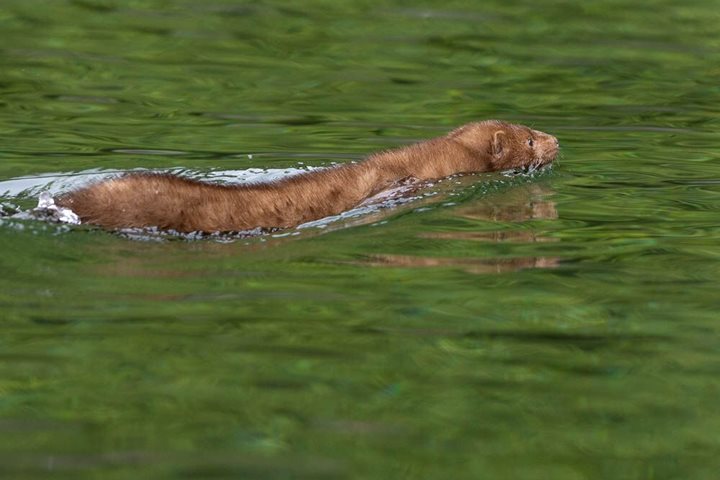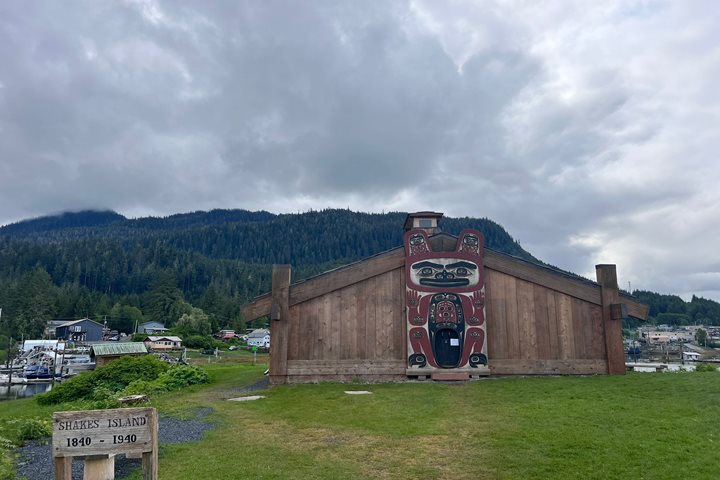A low hanging fog and rainy drizzle added atmosphere to our hikes this morning. We explored the flowers, berries, lichens, mosses, and trees of the lush temperate rainforest making our way to Cascade Creek waterfall. Everything glistened with moisture, making photography fun along the way!
6/5/2025
Read
National Geographic Sea Lion







